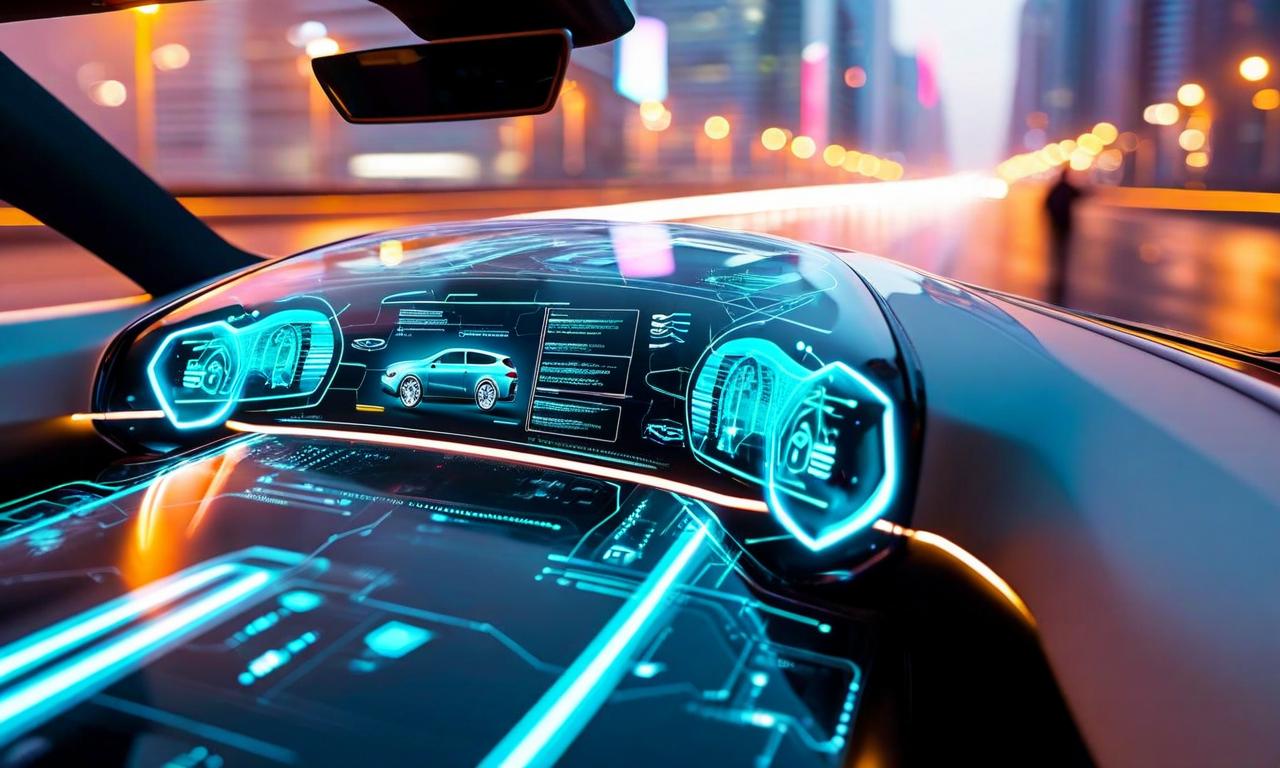Tesla's Full Self-Driving May Enable Texting While Driving, Musk Claims
Tesla CEO Elon Musk announced at the annual shareholder meeting that the company's Full Self-Driving (FSD) technology might allow drivers to text while driving within 1-2 months, following the release of Version 14 self-driving update. This claim comes despite current regulations banning texting while driving in 48 U.S. states and Tesla's own manual warning against using handheld devices with Autopilot features. The announcement raises concerns about safety, legal compliance, and liability issues. Tesla would need to secure regulatory approval and potentially advocate for changes in traffic laws to implement this functionality.

*this image is generated using AI for illustrative purposes only.
Tesla CEO Elon Musk has made a bold claim about the company's Full Self-Driving (FSD) technology, suggesting that it could allow drivers to text while behind the wheel within the next couple of months. This statement, made during Tesla's annual shareholder meeting, has raised eyebrows and concerns about safety and regulatory compliance.
Key Points
- Musk believes Tesla vehicles with FSD could allow texting while driving in 1-2 months
- The capability is expected following the release of Version 14 self-driving update
- Texting while driving is currently illegal in 48 U.S. states
- Tesla's manual warns against using handheld devices with Autopilot features
Regulatory Landscape
The announcement comes against a backdrop of strict regulations regarding distracted driving:
| State | Texting While Driving Regulation |
|---|---|
| 48 States | Complete ban |
| Montana | No complete ban |
| Missouri | Restricted for commercial drivers and those under 21 |
Current Tesla Requirements
Despite advancements in self-driving technology, Tesla currently mandates that drivers:
- Remain attentive even in self-driving mode
- Keep eyes on the road
- Maintain hands on the steering wheel
Industry Context
Tesla's ambitious plans stand in contrast to the current state of autonomous driving in the U.S.:
- Mercedes-Benz is the only automaker permitted to sell autonomous vehicles allowing drivers to take their eyes off the road
- This permission is limited to specific areas in California and Nevada
Regulatory Hurdles
For Tesla to implement the texting while driving functionality:
- The company would need to secure regulatory approval
- This may involve demonstrating the safety and reliability of the FSD system
- Potential changes to existing traffic laws might be necessary
Implications and Concerns
While Musk's announcement signals confidence in Tesla's FSD capabilities, it raises several concerns:
- Safety: The potential risks of allowing drivers to divert attention from the road, even with advanced autonomous systems.
- Legal Compliance: How Tesla plans to navigate the current legal landscape where texting while driving is largely prohibited.
- Liability: Questions about who would be responsible in case of accidents involving a texting driver using FSD.
- Public Perception: How this move might impact public trust in autonomous driving technologies.
As Tesla moves forward with its FSD development, the company will likely face scrutiny from regulators, safety advocates, and the public. The coming months will be crucial in determining whether Musk's vision for hands-off driving can become a reality within the existing regulatory framework.





























